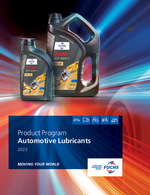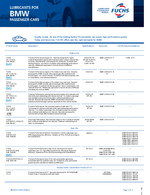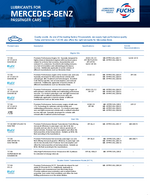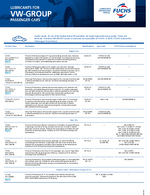Gear Oils
Transmission types
Different transmissions are mounted in automotive vehicles and they serve primarily for speed adaptation between the engine and the drive axle, for speed compensation between axles and wheels or for changing direction in the power train. A transmission is differentiated between a manual transmission, automatic transmission, double clutch, steering gear and hydraulic systems and between gears of cars and commercial vehicles. When choosing the right gear oil for your oil change or repair of the gearbox, the type of transmission plays a crucial role.
Requirements for gear oils
- Lubrication / wear protection
- "Synchro“-compatibility
- High friction stability
- Oxidation stability
- Excellent foaming and air release behavior
- High fuel-efficiency
- Good properties of shifting / low cold viscosity
- Corrosion protection
- High thermal stability
- Long drain intervals or even fill-for-life
- No noise, chatter damping
- High shear stability
- Compatibility with electric components/elements
- Loadcarrying capacity (EP = Extreme Pressure)
- Release contaminant and deposits
These diverse requirements of a modern transmission to the lubricant can only be met if, from an application engineering point of view, the correct lubricant is used in the required quantity in the permissible operating condition in the transmission. It is therefore important to pay close attention to the relevant specifications and OEM approvals for gearbox repairs and gear oil changes.
Gear oil types
Due to its special position as one of the leading lubricant developers and suppliers in the automotive industry, FUCHS offers the largest range of gear oils.
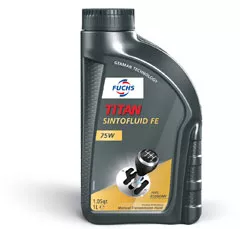
Manual Transmission Fluids (MTFs)
In modern manual transmissions, in addition to classic wear reduction, the lubricant performs a wide variety of tasks and has an impact on ride comfort, as the quality of shifting is decisively influenced by the lubricant.
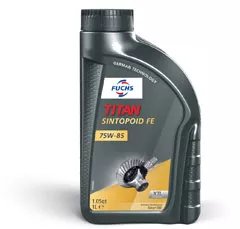
Drivetrain oils
Axle transmissions require particularly high wear protection (AW) and extreme pressure properties (EP). This is only possible with highly concentrated sulfur additives, which is why axle oils are not suitable for clutches or synchronization. In addition to high wear protection, axle drive oils must have good aging properties. Here, too, longer intervals between replacement and fill-for-life have to be achieved. With stricter directives and regulations concerning emissions, the axle oils are getting more and more focused on the optimization of the drivetrain efficiency.
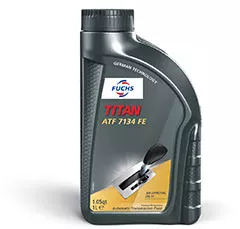
Automatic Transmission Fluids (ATFs)
Important for the function of the automatic transmission is the coefficient of friction when opening and closing the oil lubricated lamellar clutches and brakes in automatic transmissions. This is exactly what automatic transmission oils need to be exactly tuned to. Especially because of different requirements of certain manufacturers of automatic transmissions on the coefficient of friction characteristic no general classification has prevailed. Decisive for automatic transmission oils are the OEM specifications.
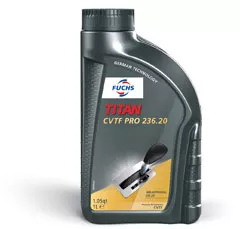
Transmission oils for continuously variable transmissions (CVTF)
CVTFs are very similar to ATF oils, but in addition to the ATF properties, they are specially tailored to the friction properties required for contact between the metallic friction partners (variator to chain / transmission chains). Since CVT transmissions usually use strong hydraulic pumps, CVTFs must have particularly good foam properties and air release properties to prevent cavitation in the pump.
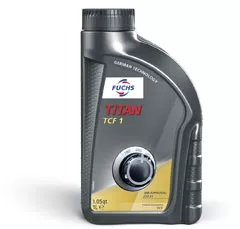
Double clutch transmission fluids (DCTF)
Double clutch transmission fluids are the compromise between the characteristics of an outstanding MTF and a high-performance ATF. In addition, the use of hydraulic pumps increases the foam resistance requirements.
How to find the right lubricant for your vehicle
Get an overview of our wide range of automotive lubricants for passenger cars and commercial vehicles in our > product finder.
With the > oil chooser from FUCHS you reach step by step the optimum lubricant for your vehicle.
Are you looking for further lubricants? Please use our > product assistant.


